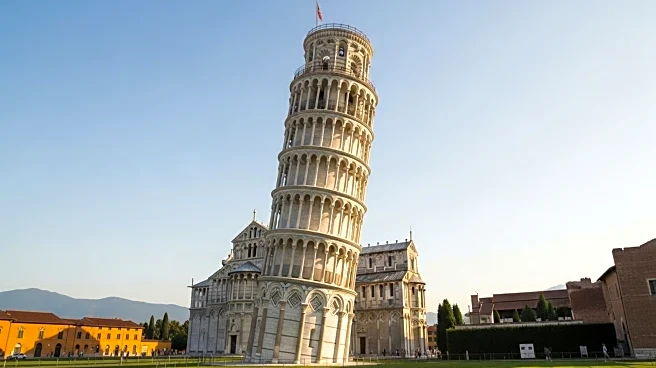The Leaning Tower of Pisa, a renowned architectural marvel, stands as a testament to human ingenuity and the challenges of construction. Built between the 12th and 14th centuries, this freestanding bell tower is part of Pisa Cathedral's complex in Italy. Its unintended tilt, caused by an unstable foundation, has captivated visitors and scholars alike, making it a symbol of resilience and historical significance.
Scope of Legacy
The Leaning Tower of Pisa's legacy is deeply rooted in its unique architectural design and historical significance. As part of the Cathedral Square, it complements the grandeur of the Pisa Cathedral and Baptistry. Its nearly four-degree lean has become a defining feature, drawing millions of tourists annually. The tower's construction, spanning over two centuries, reflects the evolving architectural techniques of medieval Europe.
Pivotal Contributions
The tower's most notable contribution to science was Galileo's gravity experiment, which took place here. This experiment demonstrated the principles of gravity, marking a significant milestone in scientific history. Additionally, the tower's architectural design has influenced countless structures worldwide, showcasing the blend of Romanesque and Gothic styles.
Enduring Influence
The Leaning Tower of Pisa continues to influence both architecture and tourism. Its iconic tilt has inspired engineers to develop innovative solutions for structural stability. Moreover, the tower remains a focal point for cultural and educational exchanges, attracting scholars and tourists from around the globe.
U.S. Relevance
For U.S. audiences, the Leaning Tower of Pisa represents a connection to European history and architectural innovation. It serves as a reminder of the importance of preserving historical landmarks and the lessons they offer in engineering and design. The tower's enduring appeal highlights the universal fascination with unique and challenging structures.
 Discover Daily • 8 min read
Discover Daily • 8 min read 









